The current management of royalties in the NFT sector demonstrates to the entire cryptocurrency ecosystem that it may have been a mere speculative bubble. Indeed, a rather quiet storm has rocked the market for these non-fungible tokens in recent months. With the sole ambition of deprive artists and other creators of the ability to collect royalties on secondary markets.
A dynamic started last August by one of the umpteenth vampires of the Opensea leader, the x2y2 platform. With the introduction of “flexible rates allowing buyers not to pay the royalties expected by the creators of the collections in question. An interesting option for lovers of blind speculation. A simple organized theft for those who see the future of this sector with, and not against, the digital artists who guide its development..
NFTs vs. copyright
Unfortunately, the current trend of the cryptocurrency industry seems to be going towards the worst, even if it is starting from the best. With the increasingly systematic abandonment of the principle of decentralization which underlies this ecosystem. And in the NFT sector, a questioning of royalties applied by artists that is becoming more and more widespread. Although, as explained by Jacob Horneco-founder of the NFT platform Zora, this is “one of the most interesting features” of the digital economy.
The topic was addressed in an interview with the Decrypt news agency. And during which he did not fail to recall "his sympathy for artists" in an issue that is increasingly dividing this very young ecosystem. For the current trend that tends to make artist royalties “optional”. – in the best of cases – is in fact equivalent to deleting them completely… Also because collectors (investors?) don't play along.
" The fact that the first wave of NFTs leveraged fees is a very strong feature. And that worked for a while, but it got us to a point where the actual functionality of these royalties is being questioned in practice. And we need to redefine the concept of artist ownership in this context. ? "
Jacob Horne
NFT – Rethinking copyright management
It is not popular to criticize speculation in the cryptocurrency industry. Yet this is the principle that comes sacrificing the performers of the NFT industry in the name of immediate profit. But there's no need to have a guilty conscience, because in the end it's just a leveling down that will bring this digital creative space into line with the worst principles enacted by the traditional art world. With artists who will remain poor, even once they have achieved success, while their "collectors" will continue to get rich.
Which doesn't mean it's impossible to make money on art, when all sides are in agreement. But in this case without making the income of the artists behind these profits “optional”.. This is even though, as Jacob Horne explains, royalties ranging from 5% to 20% can have “a huge impact on how speculative traders think about this principle”. Because the rule is simple: without artists there is no art. But without speculators, there will always be art…
" I believe that the situation we find ourselves in now forces us to ask ourselves how it is possible to define new royalty models that are not based on secondary trade, but that actually begin to allow artists to retain ownership of the collection itself."
Jacob Horne
And since NFT buyers apparently no longer want to pay royalties, artists will have to find new sources of income. For example, as Jacob Horne suggests, retain a percentage of the amount issued on the occasion of the launch of a new collection. This is to ensure earnings proportional to the success achieved. Indeed, it will not be possible to build a Web3 without taking into account all the players in this new trend, which should be based on a community and decentralized construction…


